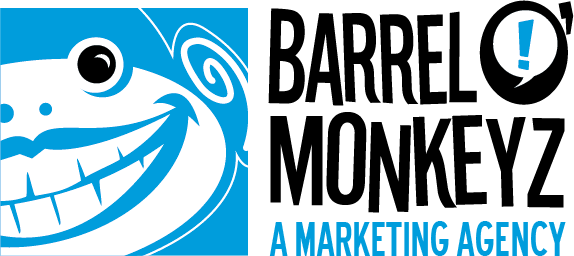People are inundated with emails, tweets, likes, shares, posts, and more every minute of every hour of every day. Terabytes and petabytes of information course continuously through the arteries of the Internet. What comes after a petabyte (a million gigabytes), I don’t know, but I am sure we’ll all find out soon enough.
With all of this digital clutter, it’s easy to imagine nothing getting through to intended audiences. Sometimes it feels like you’ve walked into a library and all the books are off the shelves in a big heap. In such a scenario where do you begin to find the information you want?
Understanding how consumers sift through the offerings and make sense of it all is critical to marketing success in the digital age.
Content producers enjoy the far-reaching ability to disseminate their wares practically whenever and wherever they choose. Luckily, today’s technologies make it just as easy for content consumers to self-select and filter the kinds of information they want to receive and where, too.
For example, if you’re interested in only certain types of sports—say the NFL or MLB—or more specifically certain sport teams, such as the LA Dodgers or the (soon-to-be) Las Vegas Raiders, most sports apps and feeds can be customized to pipe you only news and updates about your favorites. Likewise, other information feeds can be configured to deliver only certain categories of news, technology updates, entertainment, religious teachings, political punditry, etc., to you digital doorstep.
Even then, though, the volume of information received on a daily basis can be overwhelming.
How can content consumers further discern the stuff they care most about from the chafe? Further, how can content marketers connect brands and their target audiences in meaningful ways?
ONE OF US
We’ve all been hearing about #FAKENEWS ad nauseam, and much the same can be said about #FAKEENDORSEMENTS from paid reviewers, spokespeople, or so-called brand loyalists. The bottom line is consumers generally don’t want to hear from paid spokespeople. Nowadays, people are looking for the so-called “experts” on a particular product or service to be someone just like them.
Just as we used to ask our neighbors, friends, or colleagues to recommend a particular brand of this or that, so too we now seek out the same kind of recommendations from our social network peers.
WORD-OF-MOUTH IS STILL KING
Word-of-mouth remains as important now as it ever was. Successful digital marketers seek influencers in a brand’s target audience who have a big reach—number of Facebook fans, Twitter followers, LinkedIn connections, etc.—so that when they speak they know there’s lots of someones out there to listen.
Think about it. If a particular audience’s trusted online source of information recommends your brand, who is that audience likely to pay most attention to? Who are they likely to trust to help them make a purchase decision? The answer is easy: someone like them who makes a recommendation.
Even in the digital age, word-of-mouth reigns supreme.
NETWORKING BY ANY OTHER NAME . . .
Networking used to be all about “shaking hands and kissing babies.” The idea is/was that people who knew you personally would be more receptive to your marketing messages and/or more receptive to helping you get your messages out to others, or helping you in some other fashion (such as career advice, career advancement, or business development).
Networking is still about making personal connections, but nowadays many of those connections occur virtually vs. in-person through social media engagement, discussion forums, online events and webinars, blogging, and more. Nevertheless, the goal remains the same: connect with people and build relationships and trust so that your brand and its related content gets the desired attention and action.
There are many ways to stand out from a crowd.
ALL ABOUT CONNECTIONS
The challenge of marketers has always been to find ways for brands to stand out from others. Today’s technology platforms go a long way to leveling the playing field so that start-ups and established brands have nearly equal potential to reach the same numbers of consumers.
The difference maker is for brands to connect in ways that are most meaningful to consumers, namely through like-minded peers, trusted sources, and personal interactions of some sort. Reaching out to consumers in this fashion builds loyalty and trust, and though the medium of connection and delivery may change with the times, it’s this kind of personal approach that ensures your content is received and heard by your intended target audience.
Paul June is King Monkey of BARREL O’MONKEYZ, a San Diego-based strategic marketing agency specializing in Sports and Active Lifestyle markets. We serve as a seasoned, outsourced marketing team for companies looking to ramp up sales and launch new products. Our barrel is full of talent and creative arms ready to prove we don’t just monkey around!

